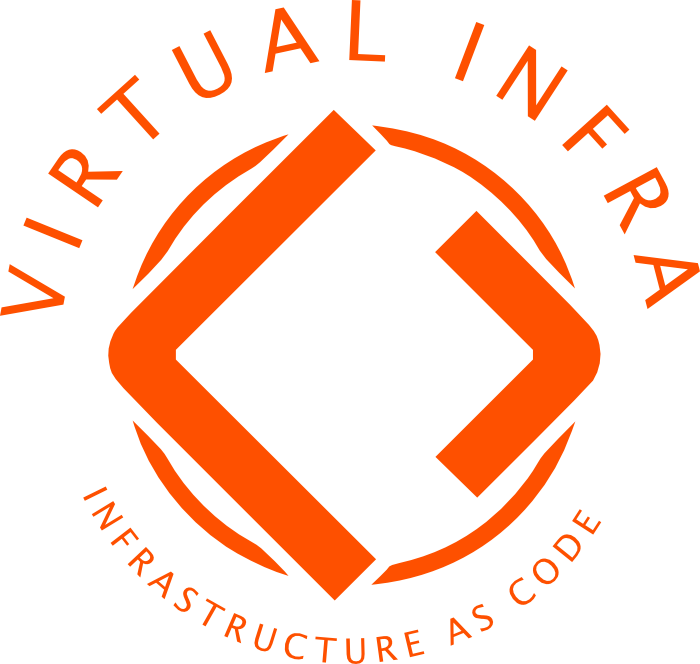Asumptions and Clarifications We are going to configure an existing two nsd server, one in powerpc mac mini and the other one in a vm with openbsd . We need to have one domain registered by us , in this case im using namecheap. I am not using nsd-control to administrate nsd, it is another option.
Configuring Zones with dnssec You need to have a previous one without dnssec.
